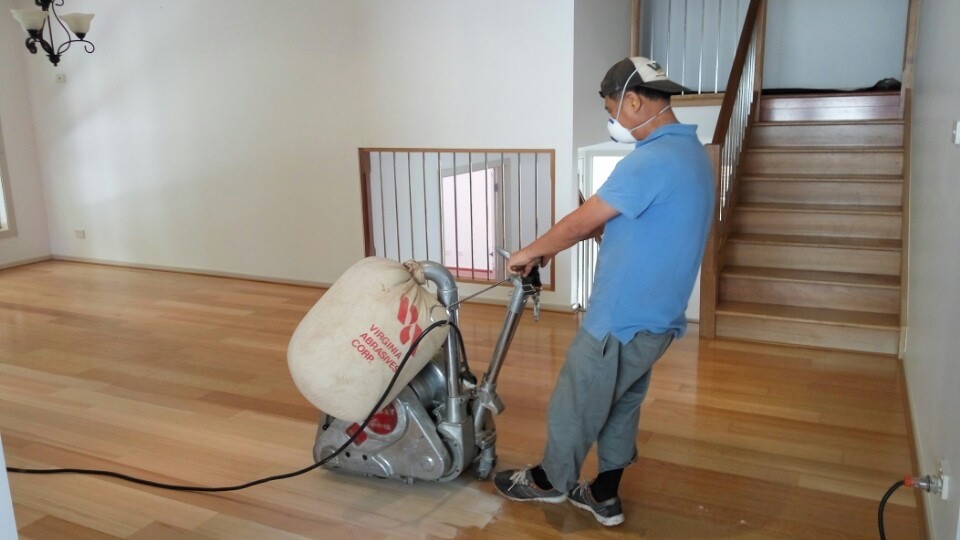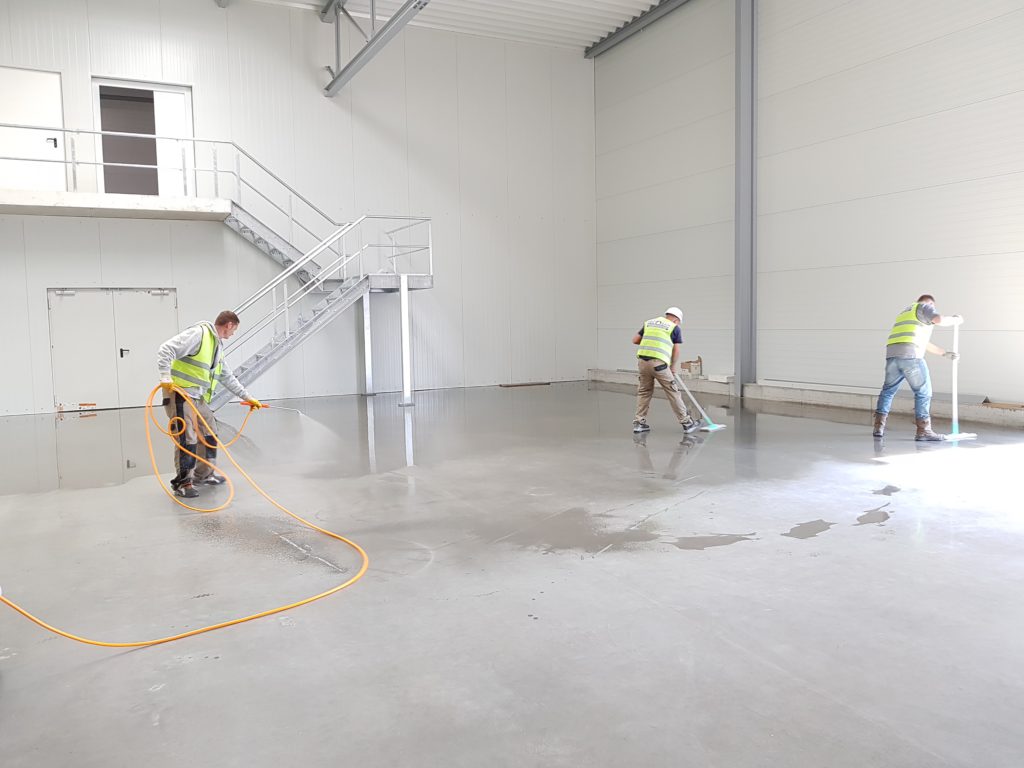In this post, we are going to cover all you need to know about getting ready for a professional wood flooring sanding and polishing, along with a few key terms that can help you to understand the process. If you are determined to do your own sanding and polishing of floorboards, though, we have a few essential tips for you to consider before getting started. In most cases, simply the process of floor sanding is an excellent way of giving your floorboards a fresh, long-lasting appearance.
If the floor sanding and polishing is done incorrectly, it is very easy to make mistakes and cause damage to your flooring that may be hard and expensive to repair. One of the most important factors to take into consideration before doing a hardwood floor sanding and polishing is looking for damages.
Polishing hardwood floors will keep them weathered up to a large degree. There are a lot of benefits of having hardwood floors, and as you can see, sanding and polishing your floors yourself can be a wonderful way to give old floorboards a fresh lease of life. Whether you should sand or polish your floors, though, depends on the finish.
Sanding and polishing wood floors can take a lot of time and effort, and whether or not you hire a professional to do this for you depends entirely on the condition of the floors. When it comes to staining and polishing wood floors, assessing and fixing overall wear is a good starting point. In fact, any expert timber floor sanding and polishing specialist will begin by thoroughly inspecting the wood flooring in order to verify the amount of wear they have.
Scratches, or anything else which has affected the look of the wood floors, will be removed smartly a sanding and polishing service. The sanding process leaves many scratches and marks in the wooden floorboards which will be seen once a finish is applied. If you installed thinner boards, every sanding process removes one layer of wood from the plank, making the board thinner.

With an angle sander and galaxy sander (both essential machines used for floor sanding), you will be stripping away existing coverings. The first deck coating of finish is typically used to seal in the newly-sanded floor. Once you have done your last sanding with a fine grain, clean your floor completely with vacuum cleaners and sweepers to remove any dust or debris, then proceed with the polishing steps.
For every sanding, be sure that both your broomstick and your detailing sander are using the same fine-grit sandpaper. In general, three different types (or grits) of sandpaper are recommended to sand the floor. The type of sandpaper grit that you use will depend on the wood species, the floor finish, and the depth of the wear or damage that needs to be removed.
What type of grits you begin with will depend on the condition of the floorboards. Sanding wood floors requires workers to re-sand wood using a variety of sanding grits in order to fully remove previous finishes or make wood more uniform.
Edge-finishing is a process that uses small grinding machines to make boards flat in areas near walls, as well as provide smooth surfaces for the cores of the new floors. This is when the surface of wooden floors (which is the type of wood typically used for flooring) is scraped in order to prepare them for a finish, or remove the existing finish layer which has worn away or needs replacing. Sanding is a technique that involves stripping away the top layer of your wooden floors surface using different densities and intensities of granular sandpaper, performed by an experienced floor sanding specialist.
If you are looking for professional floor sanders and polishers for your Sydney home or business, get in touch with our wood floor sanding experts at Stanton Flooring. Whether you are looking for a darker finish, or if you are keen on the latest trend of whitewashing, Resilient Timber Floors in Malaysia team can help you get the results you are looking for with our wood floor polishing services.
Family Handyman Follow these tips on sanding and refinishing your hardwood floors by an experienced hardwood refinisher for smooth, professional-quality finishes. With proper prep work, as well as supplies from a discount local flooring retailer, refurbishing your floors yourself can be easy. In case you are not aware, engineered hardwoods and parquet-style floors can be sanded and refinished correctly, so there is no getting around that crucial commitment.
It is possible to refinish a floor without having to first sand it, in fact, it may be preferable at times, says Roberts. In some cases, it is possible to reshape a floor by stripping it down, and then adding a new polyurethane finish, without, technically, having to sand the underlying wood.
It is important to identify what type of floor you have before diving in and doing any damage. To prevent damaging your floor, any woodwork, drywalling, plumbing, electrics, or glazing should be done prior to the sanding and polishing. Regular sanding and polishing will assist in reducing the damage caused by dust, foot traffic, and accidents, and will help retain the natural gloss and impeccable finish of your hardwood.
Before performing a final sanding of fine grain, you should plug up any holes and cracks from nails using water-based putty, giving it time to dry. The final sanding will define how smooth your wooden floor is, so take your time on this step.

